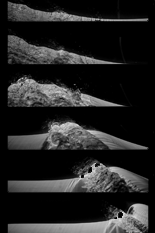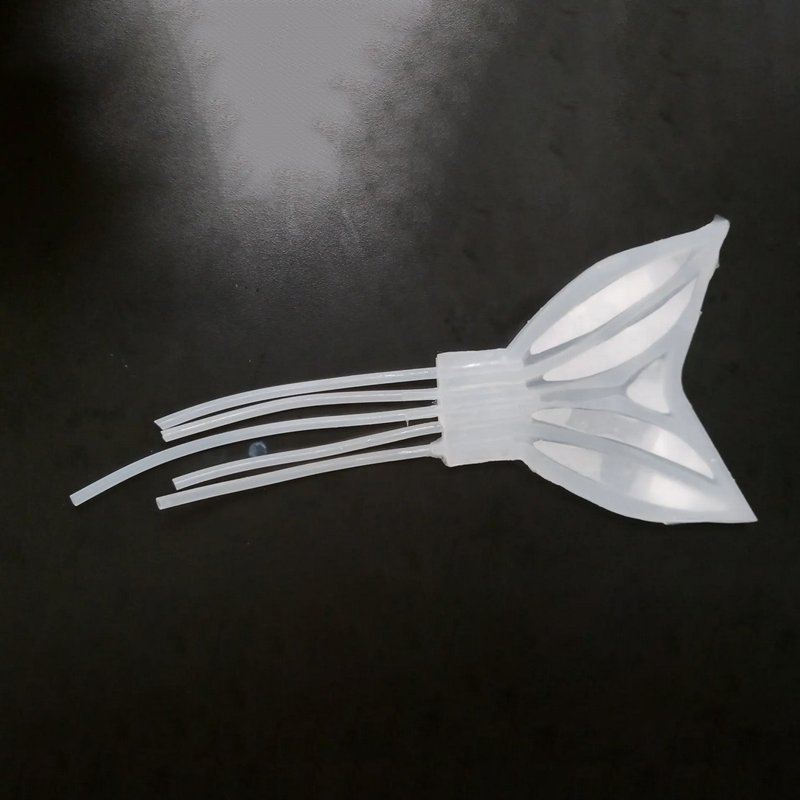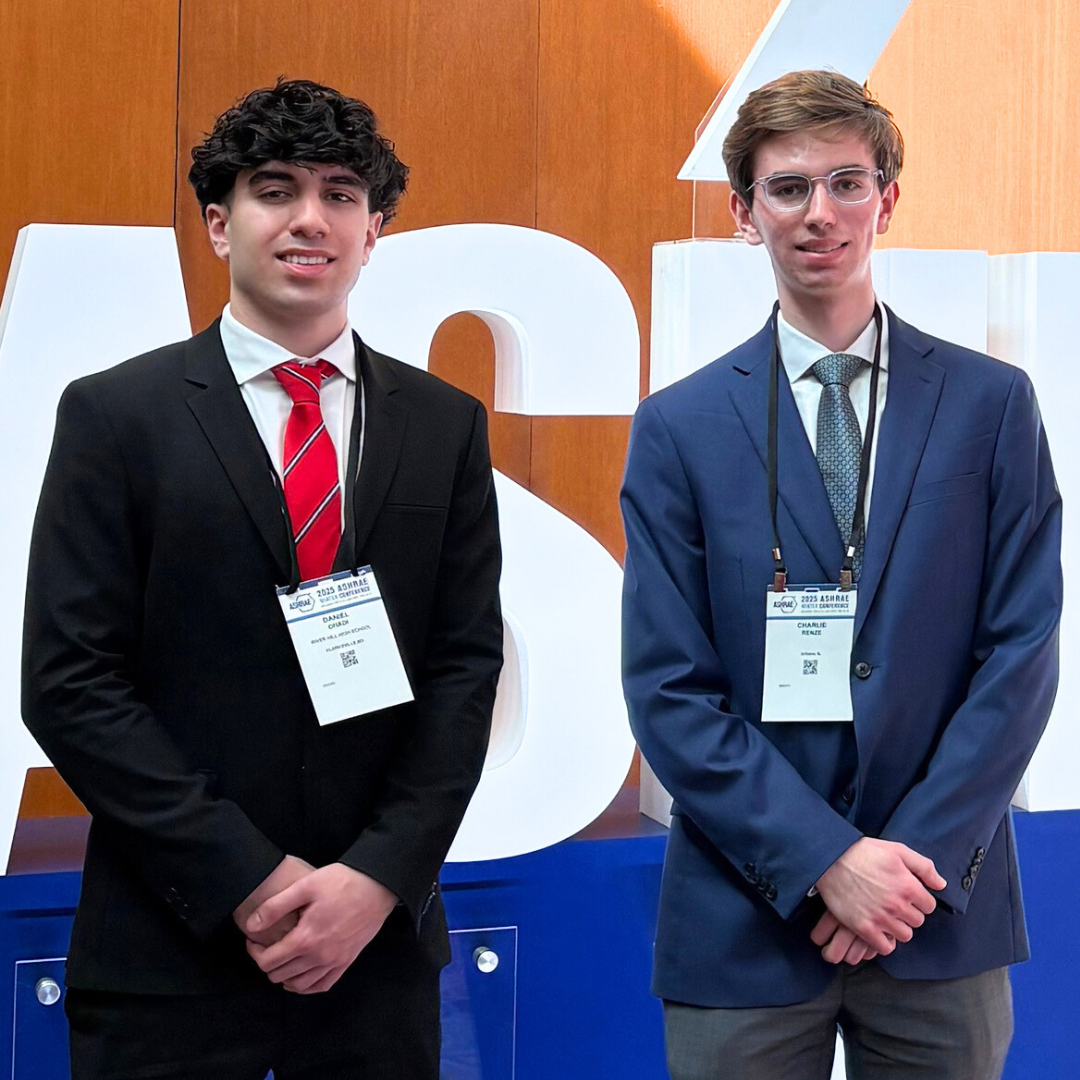News Story
UMD Research in Sea Spray Formation Featured on the Cover of Geophysical Research Letters

Sea spray is responsible for a great deal of heat and moisture fluctuation between the world’s oceans and earth’s atmosphere. To better understand how exactly that sea spray forms, researchers in the Department of Mechanical Engineering Hydrodynamics Laboratory, directed by Professor James Duncan, ran a series of experiments to explore just what was going on when waves break and make spray.
The team conducted experiments in a fresh water tank using a programmable wave maker, and then through the analysis of more than 180,000 holographic images synthesized the resulting date. Their efforts revealed that spray droplets actually formed during three distinct time zones. The first of these droplets occur when the wave maker, or jet, hits the water, the second occurs when the larger air bubbles trapped by the wave maker reach the surface and burst, and the third is then the smaller bubbles finally reach the surface later in the breaking process.
The team’s work was featured on the cover of the July 2019 issue of Geophysical Research Letters and was highlighted on Phys.org and Earth & Space Science News.
The results of their research can be used to help improve models of spray droplet motion and evaporation. Future experiments aim to explore the effects of salinity, surfactants, and wind.
M. A. Erinin et al. Spray Generation by a Plunging Breaker, Geophysical Research Letters (2019). DOI: 10.1029/2019GL082831
Published November 1, 2019









